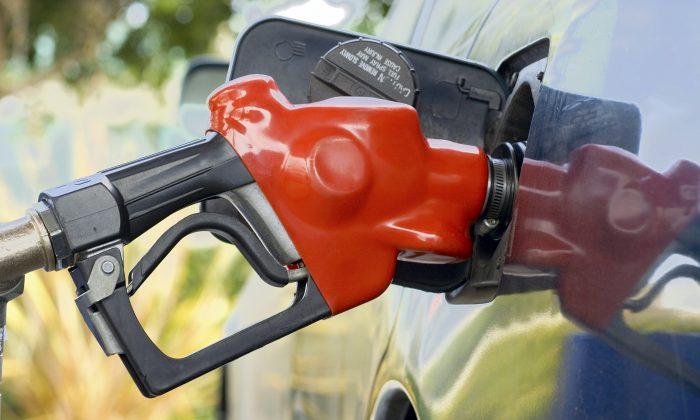The fuel economy of the actual vehicles on US roads has only improved by less than a mile per gallon over the last 25 years—partly because it takes many years to turn over the fleet.
In an update to research conducted six years ago, Michael Sivak and Brandon Schoettle of the University of Michigan Transportation Research Institute say that actual, on-road fuel economy for the entire fleet of vehicles (including cars, trucks, buses, and motorcycles) has improved from 16.9 mpg in 1991 to 17.6 mpg in 2013.
The study documents and analyzes the annual changes in actual fuel economy of vehicles on US roads from 1923 to 2013 by using information about distances driven and fuel consumed to calculate fuel economy of the overall fleet and of different classes of vehicles.
The researchers found that fuel economy of the entire fleet actually decreased from 14 mpg in 1923 to 11.9 mpg in 1973, but then rapidly increased starting in 1974.
“After the 1973 oil embargo, vehicle manufacturers achieved major improvements in the on-road fuel economy of vehicles,” says Sivak, a research professor at UMTRI. “However, the slope of the improvement has decreased substantially since 1991.”
Fuel economy of all light-duty vehicles (cars, pickup trucks, vans, SUVs) improved 52 percent from 1973 to 1991, but only 10 percent since (from 19.6 to 21.6 mpg), Sivak and Schoettle say.
According to the study, fuel economy for cars improved from 13.4 mpg in 1973 to 21.2 mpg in 1991, but reached only 23.4 mpg by 2013. For light trucks (pickups, vans, SUVs), the numbers were 9.7 mpg in 1966, 17 mpg in 1991 and 17.2 mpg in 2013. Medium- and heavy-duty trucks showed modest improvement from 5.6 mpg in 1966 to 6.4 mpg in 2013.
The researchers say the focus should not necessarily be on classes of vehicles with the lowest fuel economy, such as medium- and heavy-duty trucks and buses, which have alternative societal measures that are relevant (e.g., ton-miles per gallon and passenger-miles per gallon, respectively).
“Instead, the focus should be on the least-efficient vehicles within each class,” Sivak says.
For example, an improvement from 40 mpg to 41 mpg for a vehicle driven 12,000 miles per year saves 7 gallons of fuel a year. However, an improvement from 15 mpg to 16 mpg for a vehicle driven the same amount of miles saves 50 gallons of fuel a year.
Source: University of Michigan. Republished from Futurity.org under Creative Commons License 4.0.

